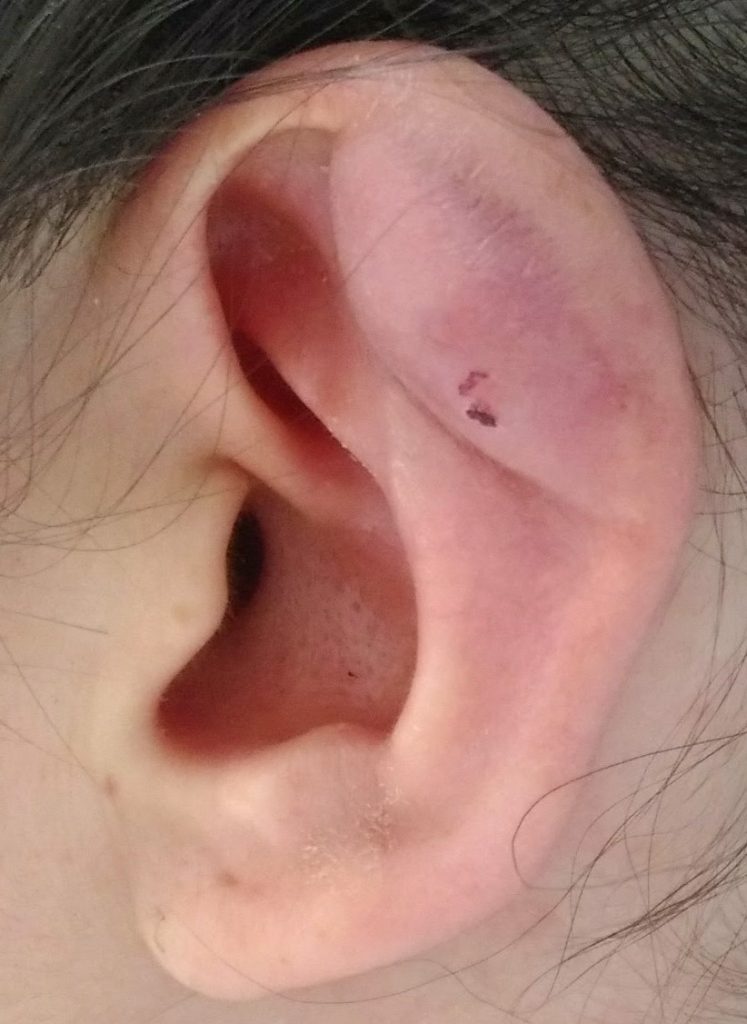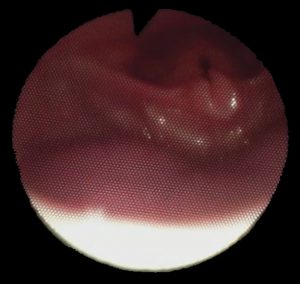
The laryngomalacia is a congenital disorder characterized by flaccidity of laryngeal cartilages and in particular of the epiglottis that tends to “curl up” and to replicate themselves inside during inspiration. This phenomenon causes an inspiratory stridor also very strong which tends to alarm the parents. Occasionally the laryngomalacia is able to clog the Airways causing a real shortness of breath.
Despite being a congenital stridor problem generally begins after 4-6 weeks, worst progressively up to 6-8 months and tend to resolve spontaneously after the 2 years.
Only rarely is necessary a surgical procedure.
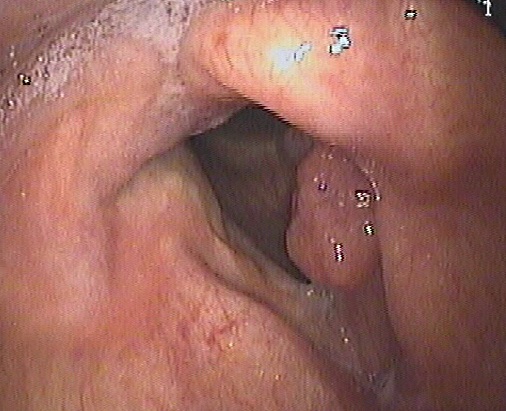
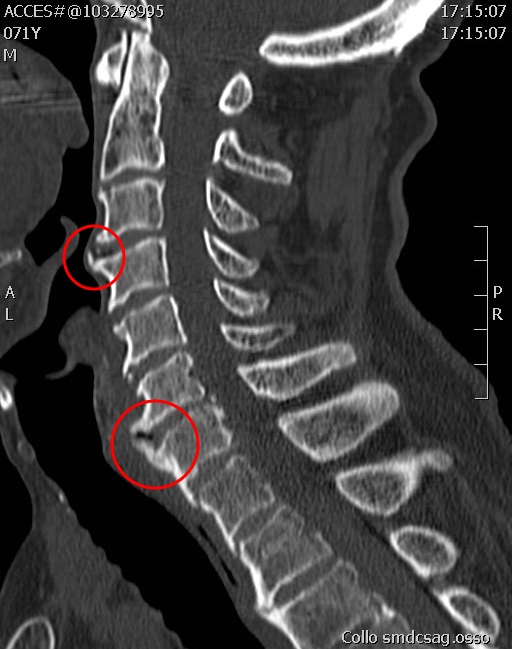 Forestier's disease or idiopathic skeletal HYPEROSTOSIS (DISH) is a syndrome, with no known cause, characterized by the formation of osteophytes spinal cord with ossification of paravertebral muscles and ligaments.
Forestier's disease or idiopathic skeletal HYPEROSTOSIS (DISH) is a syndrome, with no known cause, characterized by the formation of osteophytes spinal cord with ossification of paravertebral muscles and ligaments.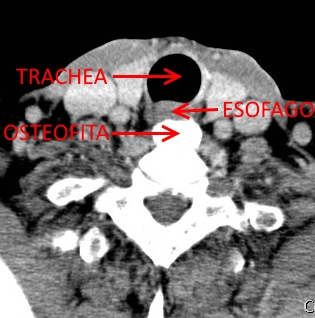
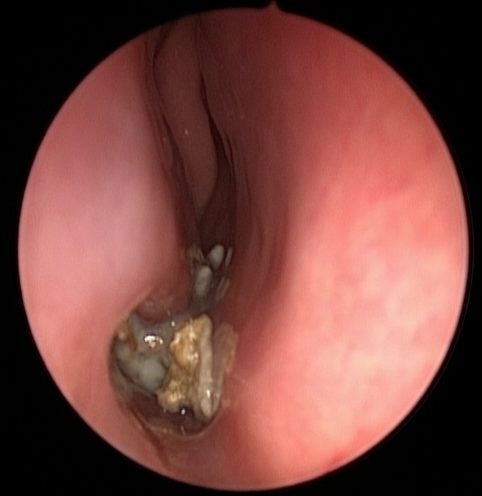
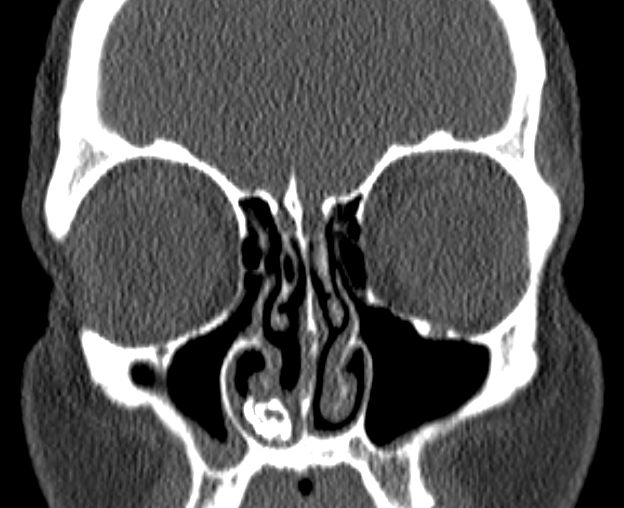
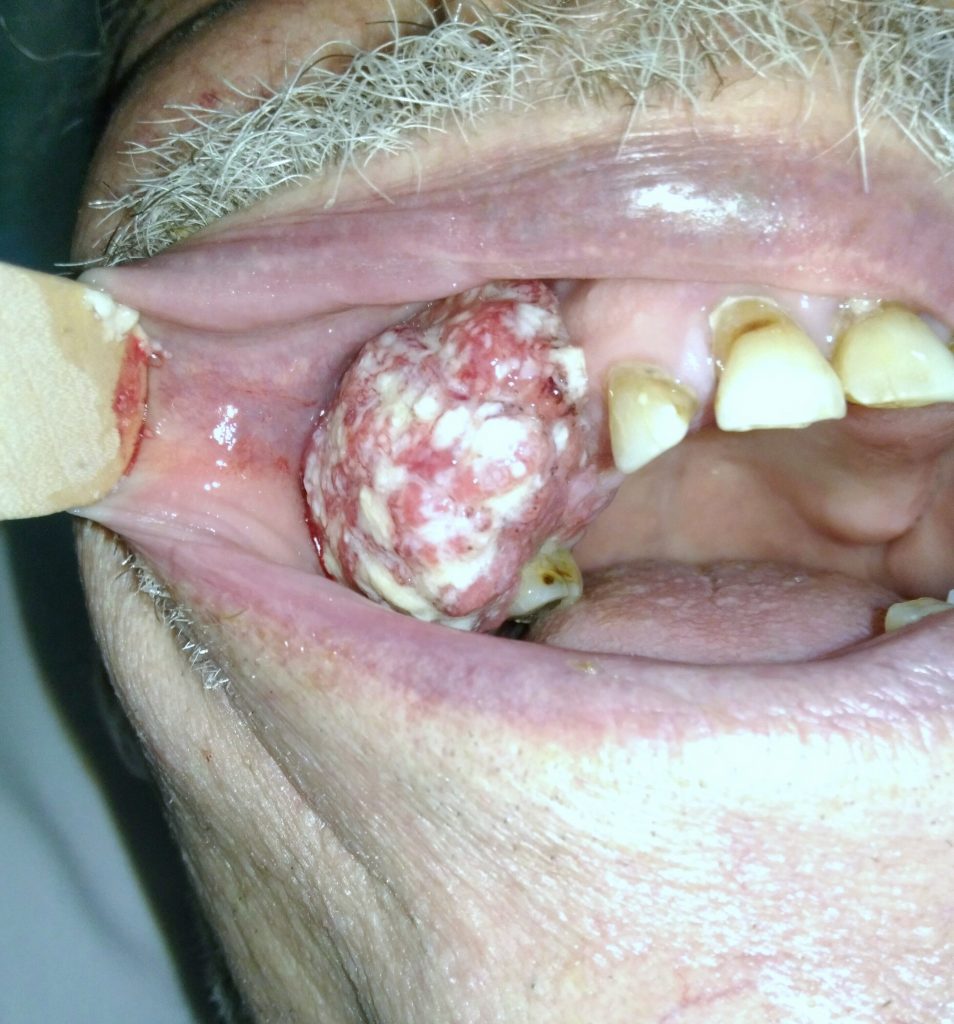 Patient with squamous alveolar ridge top right. The patient was treated with maxillectomia bottom right, the breach was rebuilt with surgical flap of temporal muscle
Patient with squamous alveolar ridge top right. The patient was treated with maxillectomia bottom right, the breach was rebuilt with surgical flap of temporal muscle
